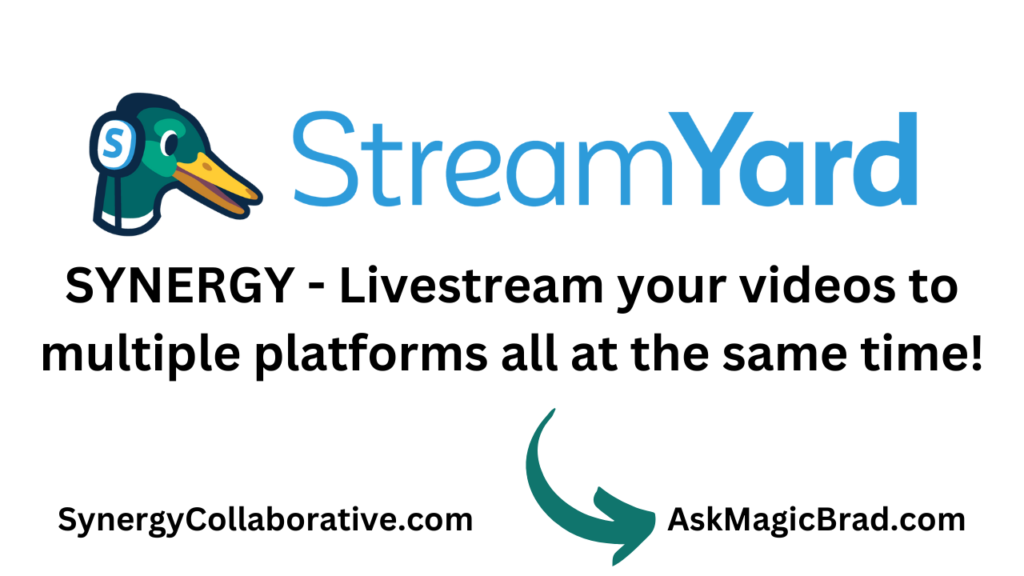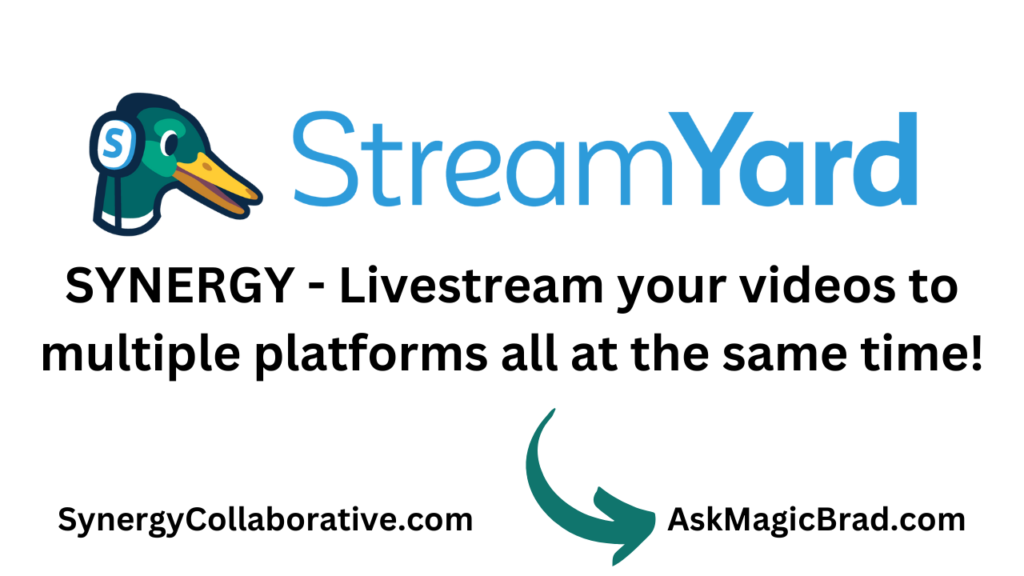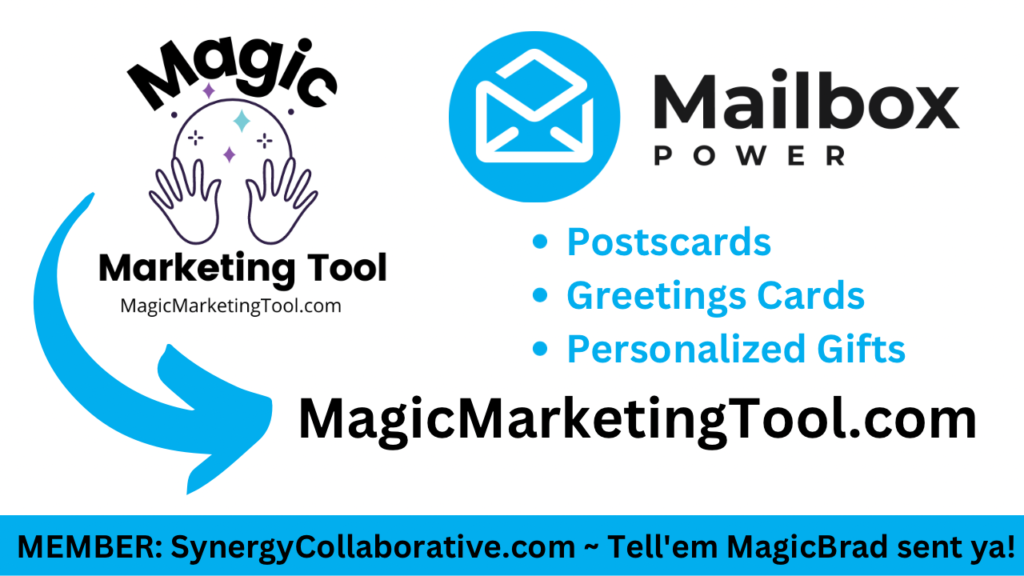
SEE: TheSynergyCafe.com
FREEDOM: Time, Location, Money
Title: The Evolution of Technology: A Trip Down Memory Lane for the Tech Enthusiast
Introduction: In today’s fast-paced world, it’s easy to overlook the remarkable journey that technology has taken over the years. From humble beginnings to groundbreaking innovations, the evolution of technology has shaped the way we live, work, and communicate. For the avid tech enthusiast, taking a trip down memory lane offers a fascinating glimpse into the transformative power of human ingenuity.
The Early Days: The story of technology begins centuries ago, with inventions like the wheel and the printing press laying the groundwork for future advancements. Fast forward to the Industrial Revolution, where steam engines and telegraphs revolutionized transportation and communication. These early innovations set the stage for the digital revolution that would follow in the 20th century.
The Birth of Computing: One of the most significant milestones in technological evolution was the development of the computer. From the massive mainframes of the 1940s to the sleek laptops and smartphones of today, computing has undergone a dramatic transformation. Visionaries like Alan Turing and Grace Hopper paved the way for concepts like artificial intelligence and machine learning, which continue to shape the modern world.
The Internet Age: The advent of the internet in the late 20th century marked a turning point in human history. Suddenly, information was accessible at the click of a button, and communication transcended geographical boundaries. The World Wide Web opened up a world of possibilities, from e-commerce and social media to online education and telecommuting. As the internet became increasingly integrated into daily life, it sparked debates about privacy, cybersecurity, and digital inequality.
The Mobile Revolution: In the early 21st century, another technological revolution was underway: the rise of mobile computing. With the launch of the iPhone in 2007, smartphones became ubiquitous, transforming the way we interact with technology. Apps revolutionized everything from entertainment and productivity to healthcare and transportation, putting the power of innovation in the palm of our hands.
Looking to the Future: As we reflect on the evolution of technology, it’s clear that the journey is far from over. Emerging technologies like virtual reality, blockchain, and quantum computing promise to revolutionize industries and redefine what’s possible. But with these advancements come new challenges, from ethical dilemmas to environmental concerns. As we embrace the future, it’s essential to remain mindful of the impact that technology has on society and the world around us.
Conclusion: The evolution of technology is a testament to human creativity, curiosity, and collaboration. From ancient innovations to modern marvels, each milestone represents a step forward in our quest to push the boundaries of what’s possible. As we continue on this journey, let’s remember to celebrate the past, embrace the present, and look forward to the exciting possibilities that lie ahead.
Would you like to create your own live stream videos like this using StreamYard?
Go To MagicBrad.com/StreamYard

Together We Accomplish More!
Title: Unlocking New Perspectives: Journeying Beyond the Scripted Life
In a world where routines often dictate our actions and societal norms can feel like scripts we’re obliged to follow, the idea of unlocking new perspectives becomes increasingly tantalizing. But how do we break free from the scripted life? How do we embark on a journey that leads us to new horizons, where possibilities are endless and limitations are self-imposed?
The first step in unlocking new perspectives is embracing discomfort. Growth rarely occurs within our comfort zones. Stepping into the unknown, trying new things, and facing challenges head-on are essential components of personal evolution. It’s in these moments of discomfort that we discover our resilience, creativity, and untapped potential.
Another crucial aspect of transcending the scripted life is questioning assumptions. Society often imposes expectations on us, shaping our beliefs and influencing our decisions. By challenging these assumptions and exploring alternative viewpoints, we open ourselves up to a world of possibilities. What if success isn’t measured by traditional standards? What if happiness lies in unconventional paths? By interrogating our assumptions, we pave the way for personal liberation.
Curiosity is the fuel that drives us toward new perspectives. It’s the insatiable desire to explore, learn, and understand the world around us. Cultivating curiosity involves maintaining an open mind, seeking out diverse experiences, and never settling for the status quo. Whether it’s traveling to unfamiliar destinations, engaging in thought-provoking conversations, or delving into different cultures, curiosity broadens our horizons and enriches our lives.
Failure is often viewed as a setback, but in reality, it’s a stepping stone to growth. Embracing failure means reframing it as a valuable learning experience rather than a source of shame or disappointment. Each setback offers an opportunity for reflection, resilience, and refinement. By embracing failure, we cultivate a growth mindset that propels us forward on our journey toward new perspectives.
Amidst the pursuit of new perspectives, it’s essential to practice gratitude for the present moment. Gratitude allows us to appreciate the beauty in the ordinary, finding joy in the mundane and fulfillment in the simple pleasures of life. By grounding ourselves in gratitude, we cultivate a sense of contentment and perspective that transcends the pursuit of novelty.
Unlocking new perspectives is a journey of self-discovery, growth, and transformation. It requires embracing discomfort, questioning assumptions, cultivating curiosity, embracing failure, and practicing gratitude. By venturing beyond the scripted life, we open ourselves up to a world of infinite possibilities, where every experience is an opportunity for growth and every challenge is a chance to redefine ourselves. So let us embark on this journey together, with open minds and adventurous spirits, as we unlock new perspectives and embrace the richness of life in all its complexity.
You can do live stream videos like this when you use the StreamYard software.
You can make shorts like this using OpusClips.

Here are seven common obstacles that women entrepreneurs may encounter:
While these challenges exist, it’s crucial to highlight the numerous successful women entrepreneurs who have overcome these obstacles and paved the way for others. Efforts to promote inclusivity, diversity, and equal opportunities can help address these issues in the entrepreneurial landscape.
POST SPONSORED BY

In the dynamic world of real estate, where every sale counts, the ability to stand out and generate consistent income is crucial. Real estate agents looking to boost their earnings often explore various strategies, and one highly effective method is leveraging direct mail postcards. In this blog post, we’ll delve into how direct mail postcards can be a cost-effective tool for selling more houses and how creating a strong personal brand can elevate your success in the competitive real estate market.
Direct Mail Postcards: A Cost-Effective Marketing Strategy
Creating a Personal Brand: Setting Yourself Apart ie: MagicBrad
See: MagicBrad.com
Conclusion:
Maximizing your income as a real estate agent involves a strategic blend of marketing techniques and personal branding. Direct mail postcards offer a cost-effective way to reach potential clients, while a well-defined personal brand sets you apart in a crowded market. By combining these elements, you can position yourself for success, selling more houses and building a reputation that will drive long-term success in the real estate industry.
POST SPONSORED BY:
See Also: MagicMarketingTool.com

Running an Airbnb business in the Twin Cities can be an exciting venture for entrepreneurs looking to capitalize on the booming tourism and hospitality industry. This blog post explores the pros and cons of operating an Airbnb in this vibrant region while incorporating search engine optimization (SEO) to attract Twin Cities entrepreneurs.
Pros:
Cons:
Tips for Attracting Twin Cities Entrepreneurs:
Conclusion: Running an Airbnb business in the Twin Cities can be a lucrative endeavor, but it comes with its share of challenges. By understanding the pros and cons and using SEO strategies tailored for local entrepreneurs, you can maximize your chances of success in this competitive market. Whether you’re a seasoned entrepreneur or just starting out, the Twin Cities offer a unique opportunity to capitalize on the thriving hospitality industry while providing guests with an authentic local experience.
Copyright © 2024 · Generate Child Theme on Genesis Framework · WordPress · Log in